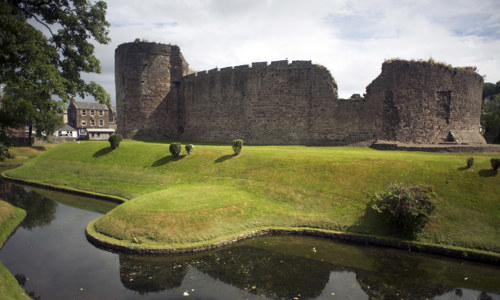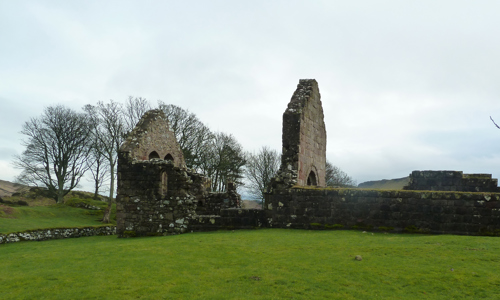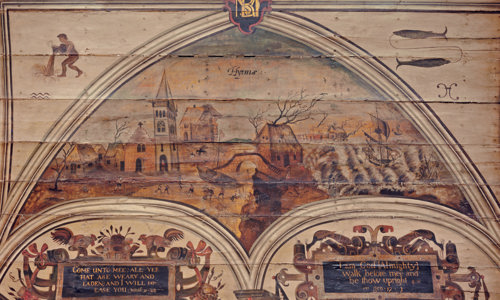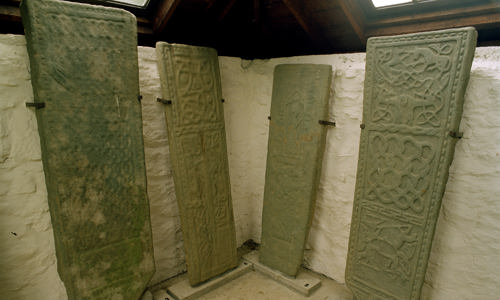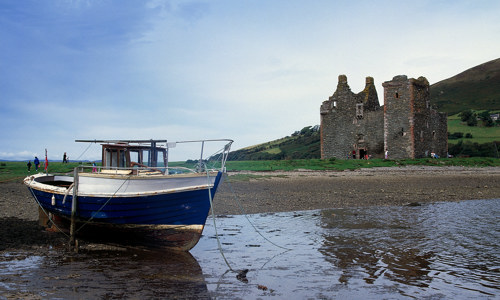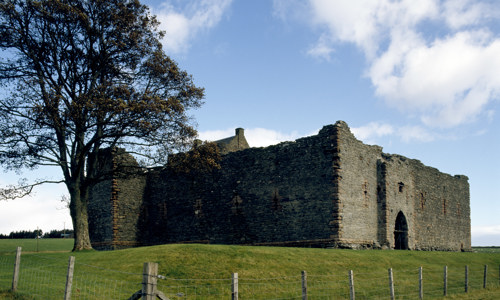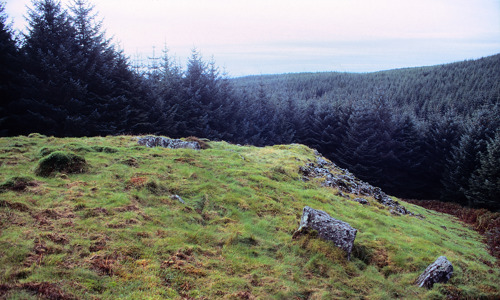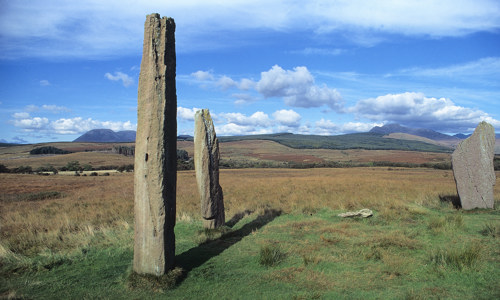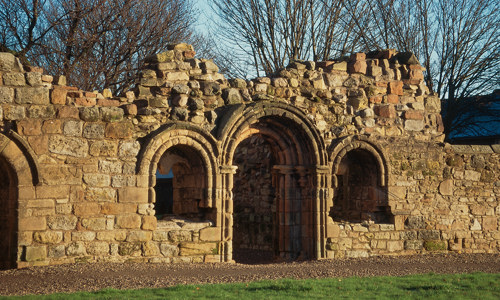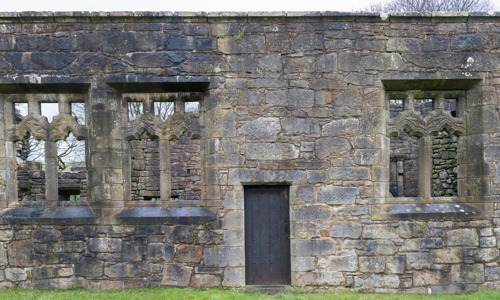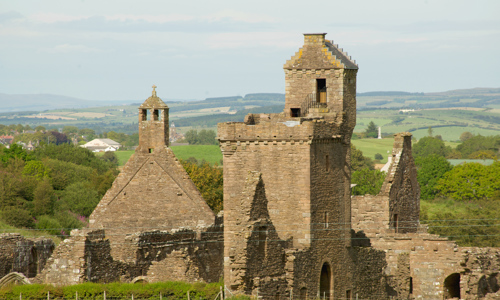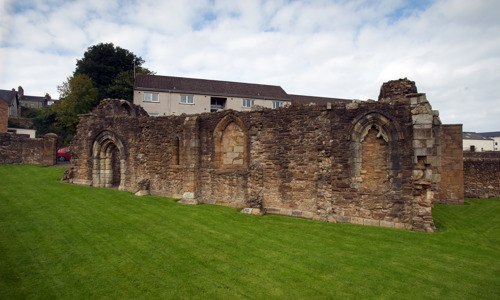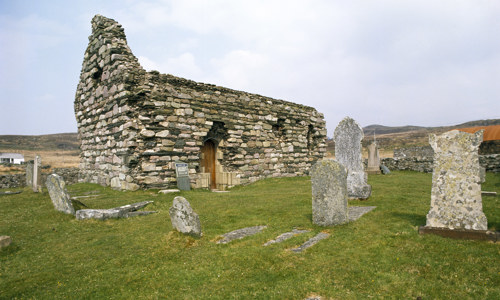History
The northern part of the Isle of Bute was on the rise in the early 1300s. Scotland had reclaimed the island from Norway, and the Stewart family had established the mighty Rothesay Castle in the 1100s.
St Mary’s Chapel was built near Rothesay as the second parish church on the island, after St Blane’s in the south.
It’s first mentioned in 1321 as the burial place of Alan Bishop of Sodor (the Isle of Man and the Hebrides). His successor, Bishop Gilbert, was also buried here, suggesting St Mary’s was serving as the cathedral church.
All that remains of the early medieval church is the ruined chancel. It bears some similarities to St Blane’s Church:
- the narrow lancet windows in the side walls, marking the position of the altar
- the design and location of the piscine (basin for rinsing communion vessels) and aumbry (cupboard) on the south side
In 1692, after the abolition of bishops in Scotland, St Mary’s nave was demolished and replaced by a Presbyterian church. This was then replaced by the present church in 1795.
Grand burial space
The two monumental tombs, dating to the 1300s or 1400s, are the most impressive features of the surviving building. We don’t know who they’re for, though they were clearly people of importance. Their positions, close to the altar, suggest the tombs were intended for the patron of the church and his lady.
In one tomb lies the effigy of a knight wearing plate armour. His head rests on a jousting helmet crested with a dog’s head, while his feet rest on a lion. A sword and dagger hang from his belt.
The other shows a lady at prayer. She wears a flowing gown and chaplet, or a necklace of prayer beads. Beside her lies a baby in a long robe.
On the knight’s tomb is a coat of arms, which indicates he was connected to the Royal House of Stewart. It’s possible that the first Stewart monarch Robert II (1371-90) built the tomb for himself or an ancestor.
Robert II was buried at Scone, so the tomb was used for someone else – possibly a Stewart sheriff of Bute.


